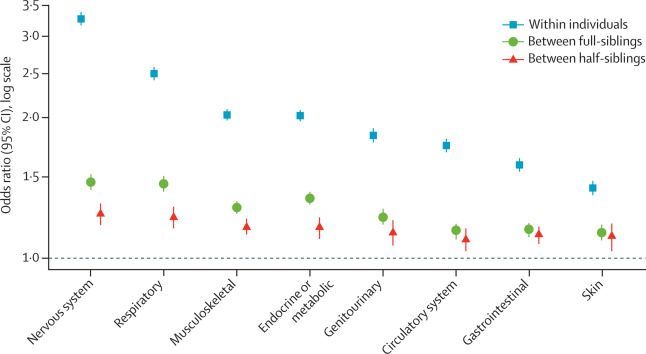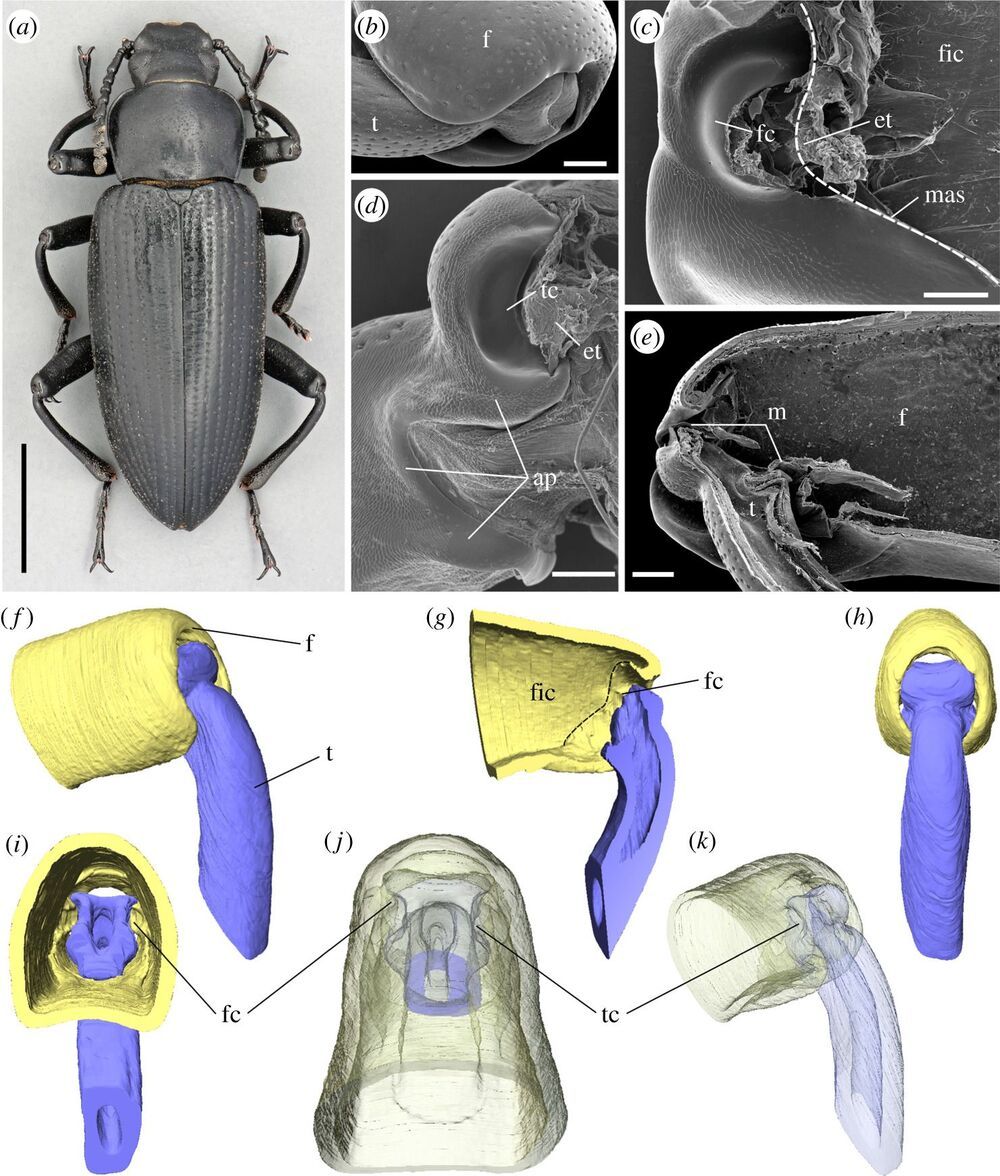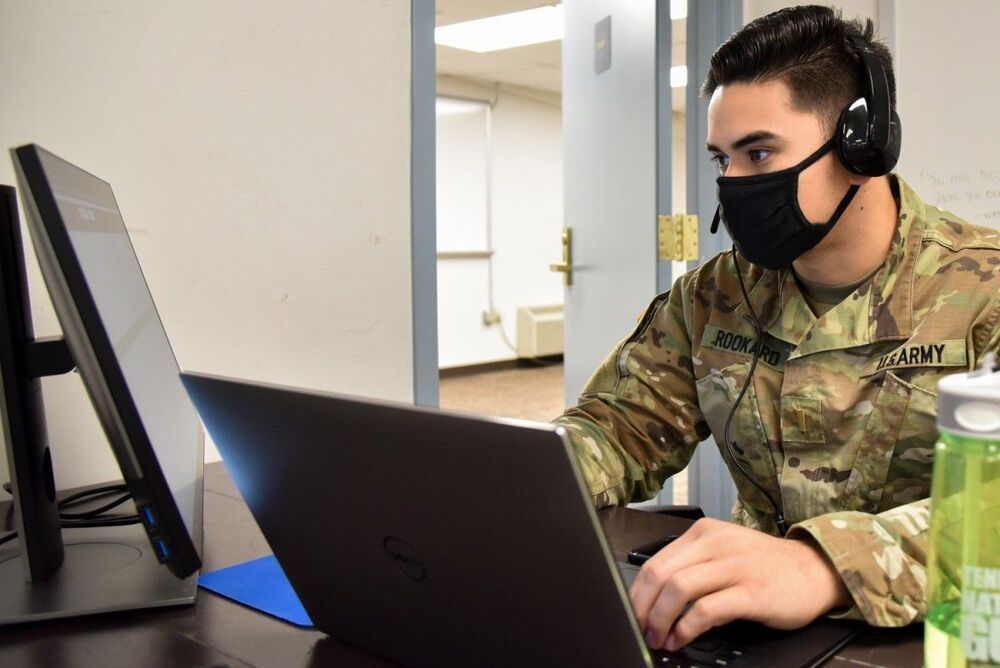A previous study led by Lee found losing just 16 minutes of sleep could impact job performance. Her previous findings also show that minor sleep loss can decrease daily mindfulness, which is a critical recourse for managing stress and maintaining healthy routines.
Summary: Three consecutive nights of sleep loss can have a negative impact on both mental and physical health. Sleep deprivation can lead to an increase in anger, frustration, and anxiety. Additionally, those who experienced sleep loss reported a change in physical wellbeing, including gastrointestinal and respiratory problems.
Source: USF
All it takes is three consecutive nights of sleep loss to cause your mental and physical well-being to greatly deteriorate.
A new study published in Annals of Behavioral Medicine looked at the consequences of sleeping fewer than six hours for eight consecutive nights – the minimum duration of sleep that experts say is necessary to support optimal health in average adults.






